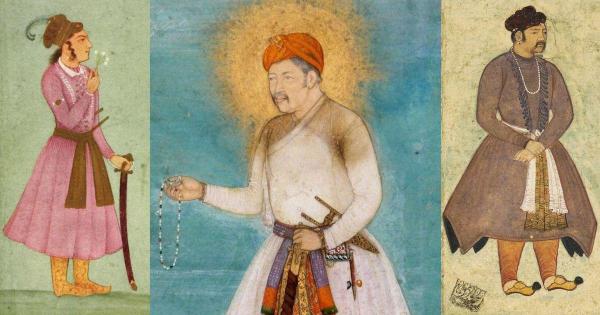

When Babur, the great conqueror and founder of the Mughal Empire, first entered India with his armies in the 16th century, he was not impressed by how people dressed. The climate and landscape of the Indian subcontinent were very different to that of Samarqand (in present-day Uzbekistan), from which he hailed. “I had never seen a hot climate or any of Hindustan before,” he recorded in his . “A new world came into view – different plants, different trees, different animals and birds, different tribes and people, different manners and customs. It was astonishing, truly astonishing.”
Describing the clothing he saw on this campaign, he wrote derisively, “Peasants and people of low standing go about naked. They tie on a thing called lungūtā, a decency-clout which hangs two spans below the navel.”
Babur was the product of a Mongol-descended Islamic dynasty in Central Asia. He grew more familiar with the Indian subcontinent’s climates and cultures (and their perceived fashion faux pas) as his forces subjugated increasingly large portions of these lands. His descendants – Mughal emperors such as Akbar and Jahangir – would have to reckon with what it meant, both politically and culturally, to rule this foreign population: what cultural practices would they adopt from...